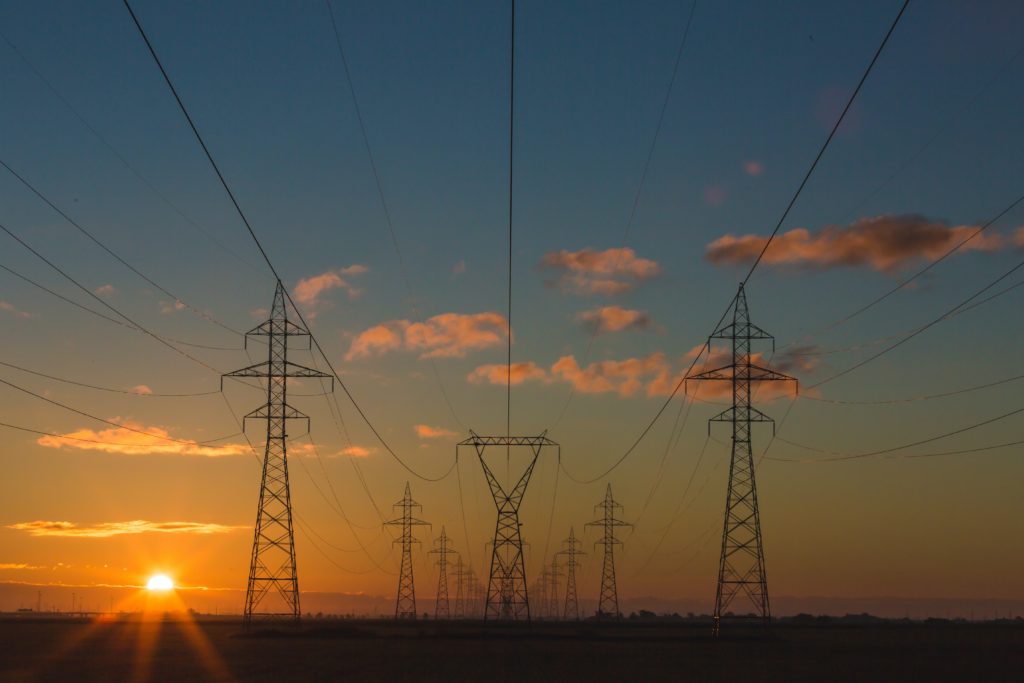
What’s the first thing you notice when you see a power line? You might think about the way it’s structured, the line design, where it leads, or how well it is maintained. Each type of power line serves a different function, and it’s important to know the difference between transmission and distribution power lines and how they work together. These lines are all connected and come together to make up what we refer to as the power grid.
What is a Transmission Line?
Transmission lines are used to connect power plants to substations, which allows power to stretch for long distances. When you see these lines in person, you’ll notice that they are thicker, taller, and transport electricity at higher voltages. These specialized cables are used to move electricity through states or different parts of the country.
What is a Distribution Line?
You probably see distribution lines more regularly, and you’ll notice that they are usually supported by wooden poles. These lines carry power from a substation straight to the consumer. Distribution power lines stretch over shorter distances and include lower voltages. Sometimes underground lines are used, and they have some significant benefits (but can be more difficult to repair).
Next time you drive by a power line, you’ll be able to spot the type of line and know why that specific kind of structure is in place. If you’re in need of line design services for your next project, our team of experts developed an in-house staking sheet program, known as AlphaStake©. This innovative line design program creates printouts of poles that will remain or be installed, transferred or removed so that you can see the path forward from start to finish.
